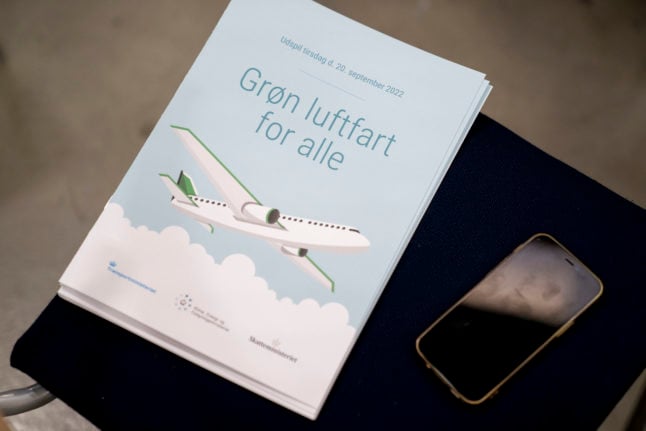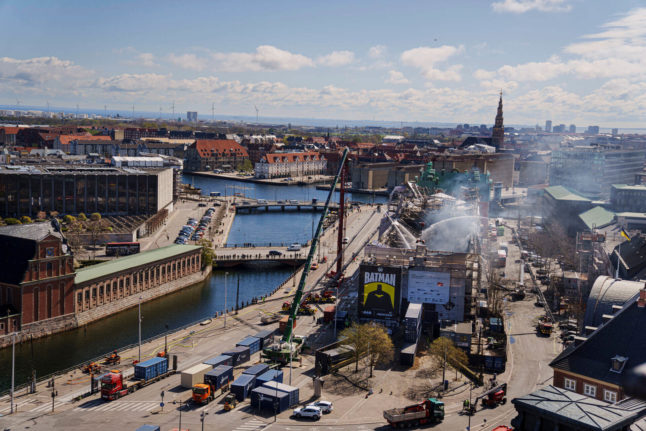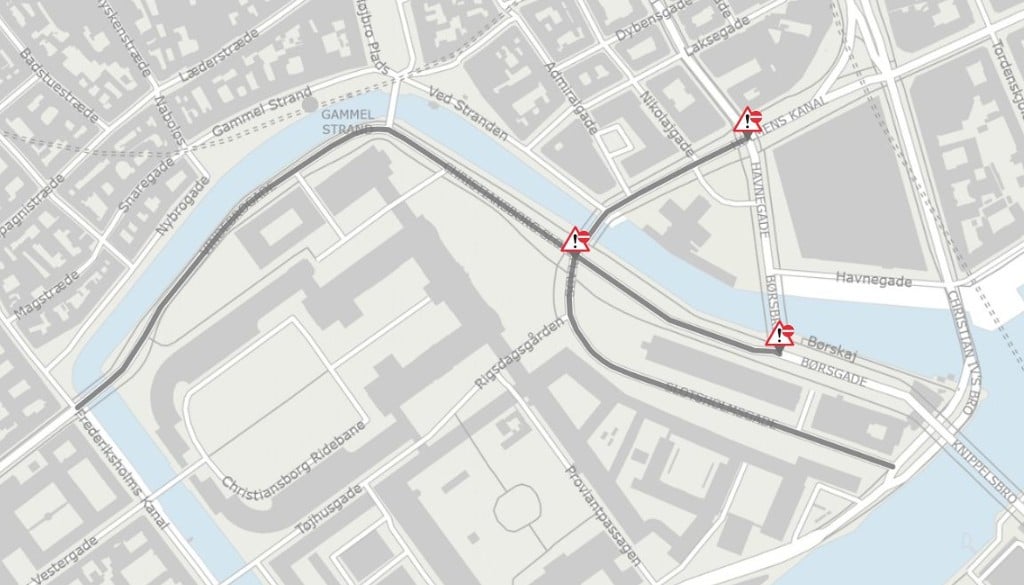The proposed tax, which would be introduced from 2025, would generate 200-230 million kroner annually, giving a total of 1.9 billion kroner over a nine-year period.
The revenue would be put towards prime minister Mette Frederiksen’s goal of all-green domestic flights in Denmark by 2030.
“Air travel is – you have to be honest, when looking at climate change – a sector that pollutes too much,” climate and energy minister Dan Jørgensen said at a briefing held at Copenhagen Airport.
“But it is also a sector that is needed. Aircraft open the world for us,” he said.
Denmark plans to open its first green domestic flight in 2025, with all domestic flights becoming zero-emissions by 2030.
The Nordic country is, however, lagging behind neighbours Norway, Sweden, and Germany, who have already imposed green aviation taxes at a higher level than that proposed by the government. Other European countries have taken similar steps.
The proposal defines green flights as being 100 percent fuelled by sustainable energy sources and without fossil fuels.
Green domestic flights in Denmark would have a limited impact on the country’s carbon footprint.
While international flights comprise around 2-3 percent of Denmark’s overall CO2 emissions, domestic flights only make up a few percent of Denmark’s emissions from aviation.
The 13-krone tax, which could be adjusted in 2024 and 2029 in accordance with price changes, will be spent on green conversion, tax minister Jeppe Bruus said at the briefing.
“This is not a case of this tax helping put more money in state coffers but a contribution towards converting to green energy which we need on our air transport,” he said.
READ ALSO: Scandinavian airline SAS plans to launch electric planes in 2028




 Please whitelist us to continue reading.
Please whitelist us to continue reading.
Member comments